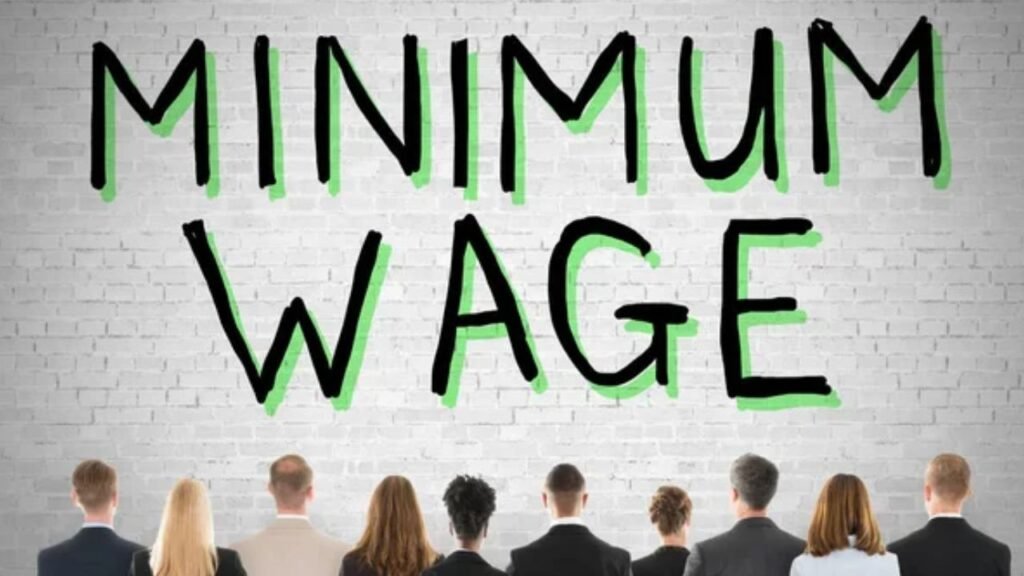The Australian Government has confirmed that the national minimum wage will increase to $25.20 per hour starting in November 2025. This decision aims to help workers manage higher living expenses caused by inflation and rising costs of everyday essentials. The updated rates will also be reflected in Centrelink’s welfare system to ensure that income-based support remains aligned with the new wage structure.
Why the Wage Adjustment Was Needed
The Fair Work Commission reviews the national minimum wage regularly to ensure it keeps pace with economic conditions. In 2025, higher prices for food, housing, and utilities prompted a stronger revision. The increase helps maintain purchasing power for low-income workers and eases financial pressure on households struggling with the cost of living. This adjustment ensures that wages continue to provide fair compensation for basic needs.
Impact on Centrelink Payments

The wage increase also affects Centrelink benefits such as JobSeeker, Parenting Payment, and Family Tax Benefit. Since these payments are tied to income tests, the government has updated the thresholds to prevent workers from losing access to support because of higher wages. This approach guarantees that welfare payments will continue to complement income instead of discouraging employment.
Updated Minimum Wage Rates for November 2025
| Category | New Rate (from Nov 2025) |
|---|---|
| National Minimum Wage | AUD 25.20 per hour (up from AUD 24.10) |
| Weekly Full-Time Rate | AUD 955.00 for a 38-hour week |
| Casual Loading | 25% extra, raising hourly rate to AUD 31.50 |
Benefits for Workers and Families
The revised wage will boost weekly earnings for full-time workers by about AUD 50. This additional income can ease household budgets, helping families meet expenses such as rent, groceries, and transportation. With Centrelink’s new income limits also in place, low-income earners will continue to receive welfare assistance that complements their improved earnings.
Key benefits include:
- Higher take-home pay for workers across industries
- Better household financial stability
- Adjusted Centrelink income tests that protect access to benefits
- Improved work incentives for part-time and casual employees
Broader Economic Importance
This wage rise reflects the government’s strategy to balance fair pay with sustainable welfare support. By aligning income tests with the new rates, Australia ensures that workers are not penalized for earning more. The policy promotes workforce participation while preserving a strong safety net for those who rely on government aid. It represents a joint effort to strengthen both economic growth and social protection.
The increase in Australia’s minimum wage to $25.20 per hour from November 2025 marks an important step toward improving living standards. With higher earnings, updated Centrelink thresholds, and continued welfare support, the policy reinforces the government’s dedication to fairness and financial resilience. Workers and families can expect greater stability and improved quality of life as a result of this well-timed adjustment.
FAQ
1. What is the new national minimum wage in Australia?
The new minimum wage will be AUD 25.20 per hour starting from November 2025.
2. How does the wage increase affect Centrelink payments?
Income thresholds for Centrelink benefits will be updated to ensure workers remain eligible for support despite higher earnings.
3. How much more will full-time workers earn under the new rate?
Full-time employees will earn approximately AUD 50 more per week based on a 38-hour workweek.
4. When will the new wage rates take effect?
The revised rates will apply from November 2025 across Australia.
5. Why did the government decide to raise the minimum wage?
The rise was introduced to protect workers from inflation, support low-income households, and ensure that wages remain fair and sustainable.



